Regulatory Compliance
Regulatory compliance is a significant driver in the Rainscreen Cladding Market. Governments and local authorities are implementing stringent building codes and standards aimed at improving safety and energy efficiency. Rainscreen cladding systems, which provide enhanced fire resistance and moisture management, are increasingly favored in new constructions and renovations. Compliance with these regulations not only ensures safety but also enhances the marketability of properties. As regulations continue to evolve, the demand for compliant rainscreen solutions is expected to rise, potentially leading to a market growth rate of around 8% over the next five years.
Technological Innovations
Technological advancements play a pivotal role in shaping the Rainscreen Cladding Market. Innovations in materials, such as lightweight composites and advanced insulation technologies, enhance the performance and durability of rainscreen systems. The integration of smart technologies, including sensors for moisture detection and temperature regulation, is also gaining traction. These innovations not only improve the functionality of rainscreen cladding but also contribute to cost savings in the long run. As the construction sector increasingly adopts these technologies, the market is expected to grow, with estimates suggesting a potential increase in market size by 15% by 2030.
Sustainability Initiatives
The Rainscreen Cladding Market is increasingly influenced by sustainability initiatives. As environmental concerns gain prominence, construction practices are evolving to prioritize eco-friendly materials and energy-efficient designs. Rainscreen cladding systems, which enhance thermal performance and reduce energy consumption, align well with these sustainability goals. The market is projected to witness a compound annual growth rate of approximately 7% over the next few years, driven by the demand for green building certifications. This shift towards sustainable construction not only addresses regulatory requirements but also appeals to environmentally conscious consumers, thereby expanding the market for rainscreen cladding.
Customization and Aesthetic Appeal
The Rainscreen Cladding Market is witnessing a surge in demand for customization and aesthetic appeal. Architects and builders are increasingly seeking unique designs that reflect the identity of the structures they create. Rainscreen cladding offers a versatile solution, allowing for a variety of materials, colors, and finishes. This trend is particularly evident in urban areas, where distinctive facades can enhance property value and attract tenants. The market for customized rainscreen solutions is projected to expand, with a notable increase in projects focusing on architectural innovation and visual impact, potentially driving market growth by 10% in the coming years.
Urbanization and Infrastructure Development
Urbanization and infrastructure development are key factors propelling the Rainscreen Cladding Market. As populations in urban areas continue to grow, there is an increasing need for new residential and commercial buildings. Rainscreen cladding systems are favored for their ability to provide aesthetic appeal while also offering functional benefits such as thermal insulation and weather resistance. The ongoing investment in infrastructure projects, particularly in emerging markets, is likely to drive demand for rainscreen cladding. Analysts suggest that this trend could result in a market expansion of approximately 12% by 2030, as urban centers evolve to accommodate growing populations.
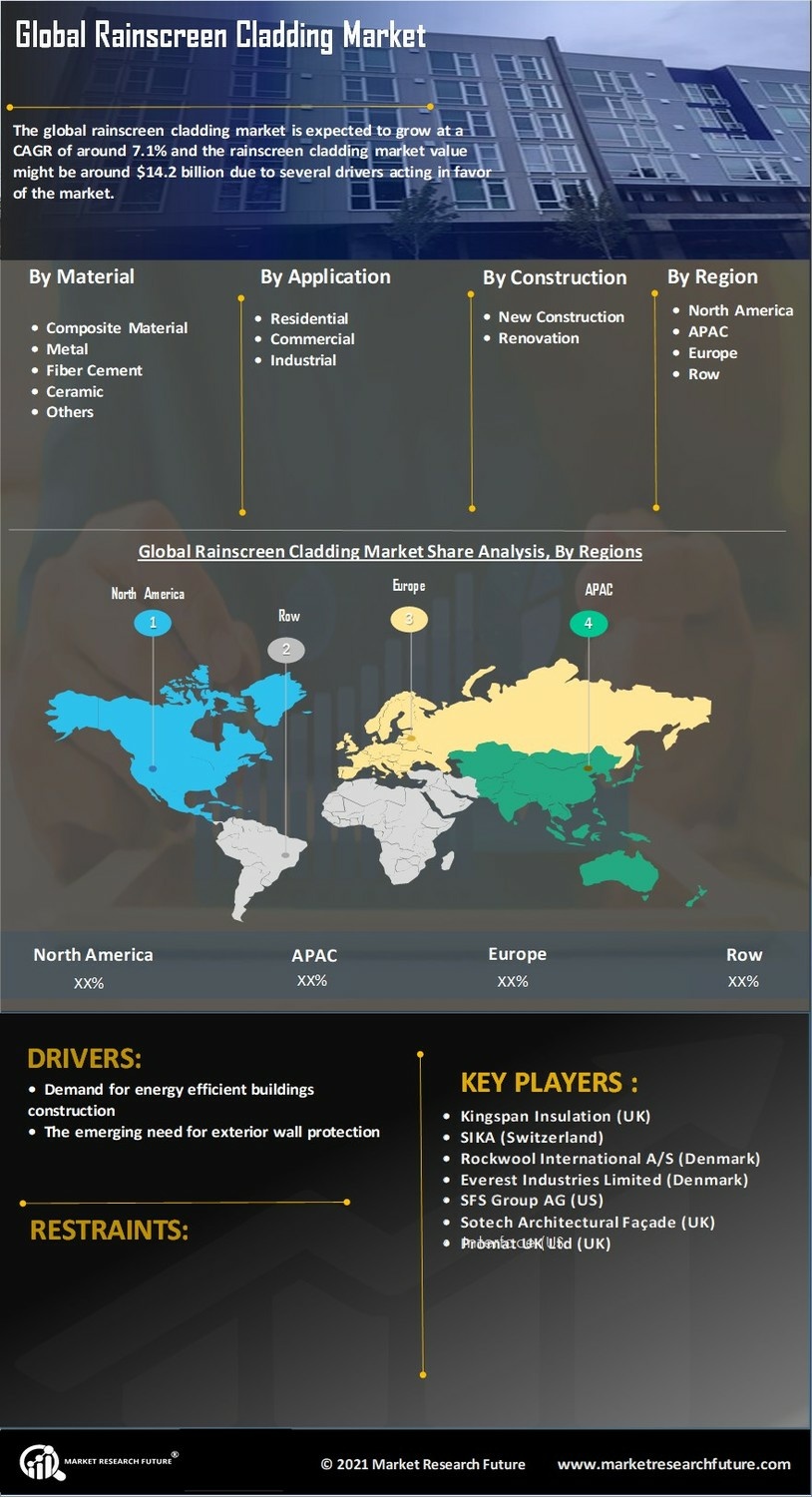

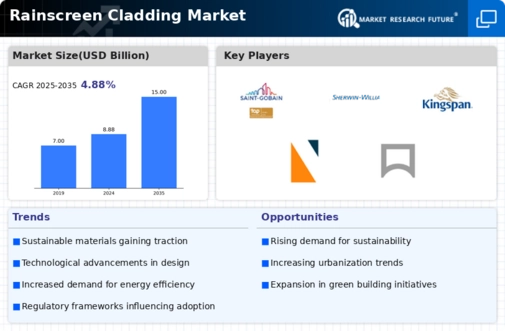
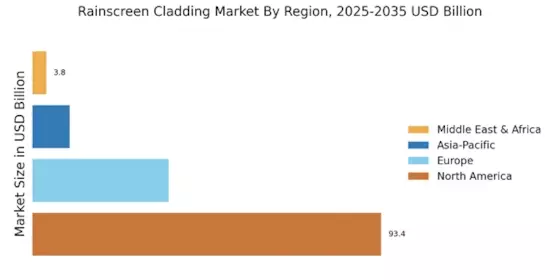
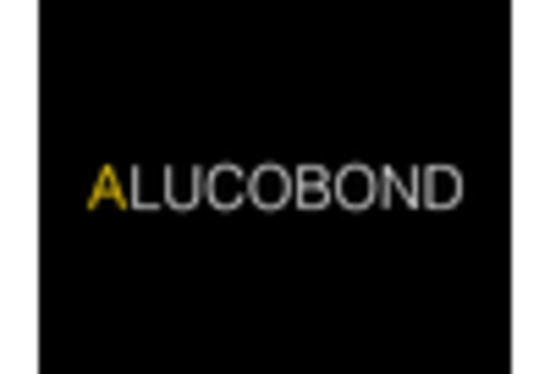
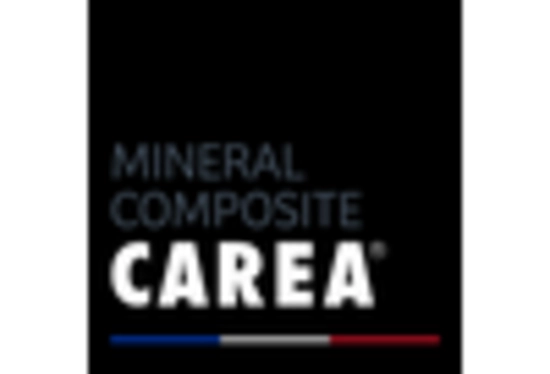
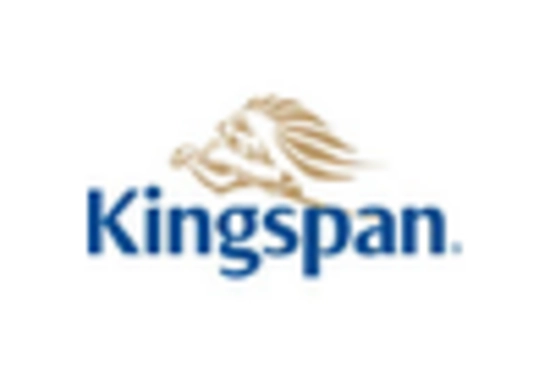
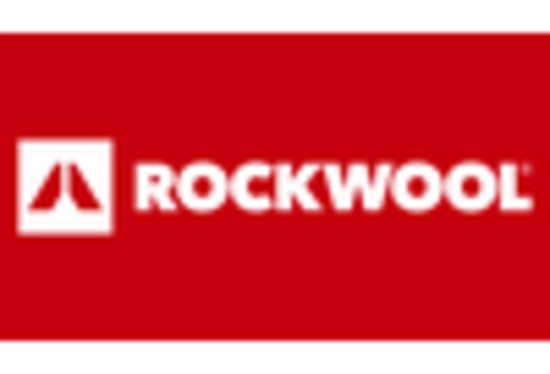
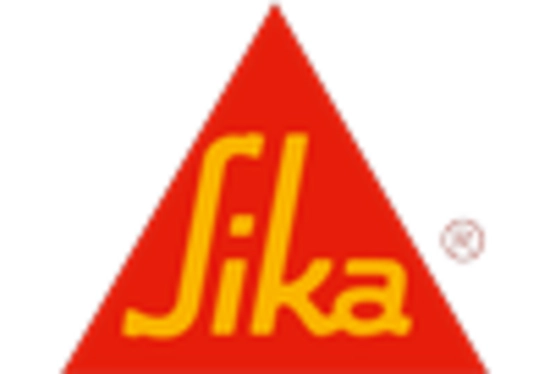
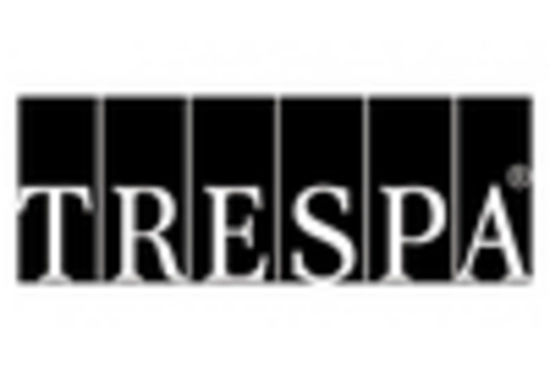








Leave a Comment